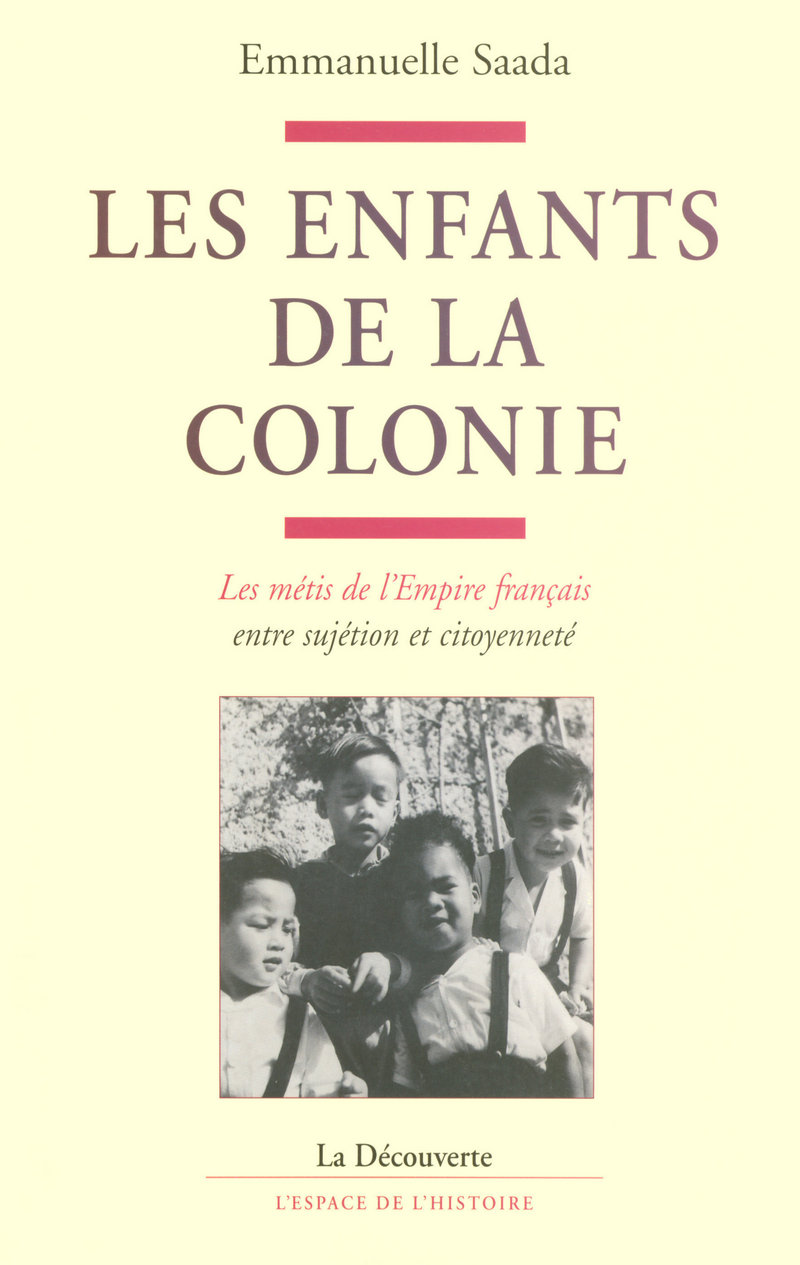Mitsawokett to Bloomsbury: Archaeology and History of a Native-American Descendant Community in Central Delaware
Chapter 5. A Larger Ethnic Community
2008
383 pages
Delaware Department of Transportation Project 88-110-01
Federal Highway Administration Project F-NH-1003(13)
Delaware Department of Transportation Archæological Series Number 154
Carolann Wicks, Secretary
Original and redraft prepared by
Edward F. Heite and Cara L. Blume
Heite Consulting, Inc., Camden, Delaware
Redraft of original compiled by
Heite Consulting, Inc., Frederica, Delaware
DelDOT [Delaware Department of Transportation] has edited all cultural resource documents on this website. The documents were edited to protect the location of archaeological sites, any culturally sensitive material, and all State Historic Preservation Office (archaeological) cultural resource forms. Section 304 of the National Historic Preservation Act, as amended in 1992, 36 CFR pat 800.11 of the Advisory Council on Historic Preservation’s regulations implementing Section 106 of that same Act, Section 9(a) of the Archaeological Resources Protection Act, and Delaware Code Title 7, Chapter 53 and 5314 provide the legal authority for restricting access to information on the location and nature of archaeological resources.
At least three Bloomsbury households belonged to a distinct local ethnic enclave. Similar, related, communities existed along the Eastern Seaboard
The preservation planning regime requires that each property must be considered in terms of its larger cultural and historical context. An obvious context for the subject property is the post-contact history of “isolate” populations of Native American descent in Delaware, not previously noticed by the planning process. While creation of a new full-blown planning context is not appropriate in a site-specific study, some information is necessary in order to place the site in its own proper ethnic milieu.
An ethnic group may be defined by any combination of such traits as consanguinity, shared foodways, settlement patterns, and common customs. A Kent County isolate community included several Bloomsbury residents. By some definitions, this closed community can be described as a distinct ethnic group, part of a series of similar, interrelated, ethnic enclaves along the eastern seaboard.
Members of Delaware’s racial isolate communities have been known by a bewildering variety of labels over the years. Labels have shifted, depending upon the era and individual points of view. It is useful to analyse the meaning behind these labels, remembering that they reflect observer bias.
As the local group developed, similar communities were coming into existence up and down the Atlantic seaboard. Genealogical research firmly connects the local community with nearby groups. On a larger scale, similar circumstances and surname similarities suggest that there was, at an early date, an informal network of such communities over long distances. In any case, research for this project indicates that the local “isolate” community was not an isolated or a unique phenomenon.
These isolate groups share certain characteristics that are consistent from North Carolina northward at least to New Jersey. Shared attributes of the various communities include:
- Iberian surnames appear in all the communities as early as the seventeenth century, and always before the middle of the eighteenth century.
- Families with documented Native American heritage are related to at least some members of each community. Some of the documented Native American families are found among several communities, and migrations can be traced.
- At least by the middle of the eighteenth century, each community had begun to intermarry, thereby removing themselves from the larger local pool of prospective marriage partners.
- People moved among the communities and married, thereby suggesting that they early recognized and embraced one another as similar cultural communities.
- Aside from the term “Mulatto” applied with increasing frequency as time passed, most community members were not identified racially until after the Revolution…
Read the entire chapter here.


